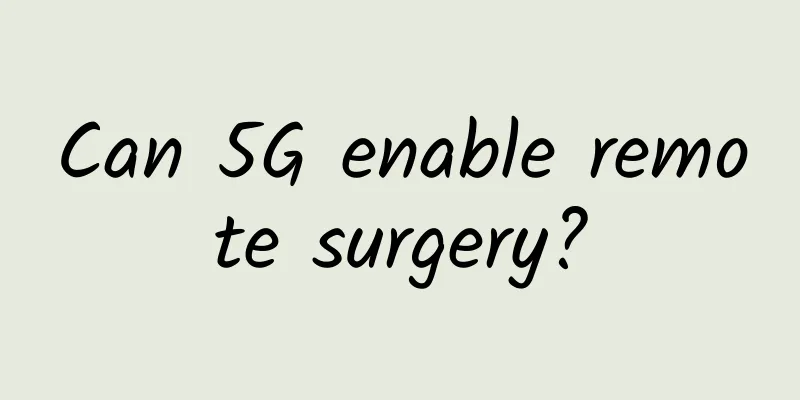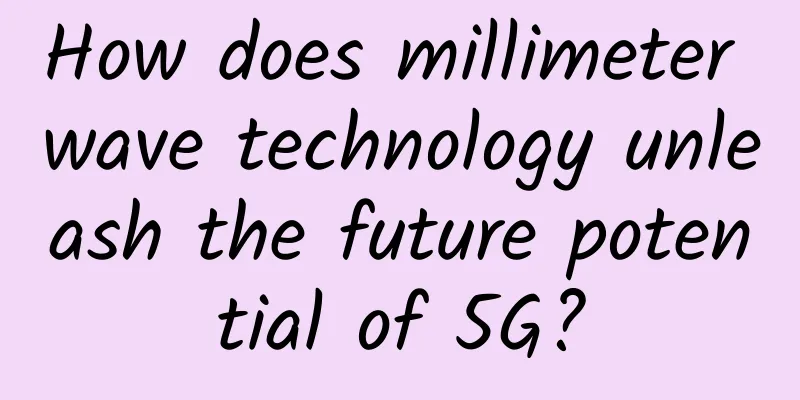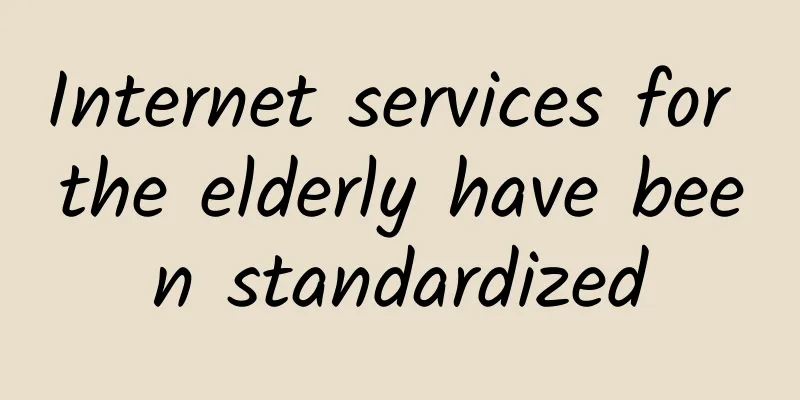Can 5G enable remote surgery?

|
In the early days of 5G, we often saw various high-tech applications, and remote surgery was one of them. With the widespread deployment of 5G, the publicity of these applications has gradually faded.
So, many people will ask, can 5G realize remote surgery? Wouldn’t it be better to use optical fiber? In fact, the key to this issue is not 5G or optical fiber, but remote surgery. Surgery is a very complex and professional matter that carries a huge amount of responsibility and cannot afford even the slightest mistake. Let’s think about this: what does remote surgery require? First of all, it must be an ultra-high reliability and ultra-low latency network. This is one of the core selling points of 5G, but the reason for this is that previous generations of mobile communication technologies had poor reliability and high latency. When there are many users, calls are dropped and Internet congestion is commonplace. Through network slicing, 5G can isolate a portion of resources specifically for remote surgery. Although its reliability is better than 4G and the latency is reduced to one millisecond, it can only improve the small link of wireless transmission from the terminal to the base station. There is still a long wired network behind it. Moreover, wireless communication is an inherently unstable transmission method. Even if it supports high bandwidth, low latency and high reliability, it is still not comparable to the bandwidth and stability of optical fiber. If remote surgery is really required, optical fiber is definitely the first choice. More importantly, to do such a very important thing, doctors definitely need a fixed, undisturbed environment, so there is no need for 5G and other mobile networks. Can they still perform surgery at home while chasing their children to feed them? Or perform surgery in the wild while swatting mosquitoes? In addition, remote surgery has very high requirements for equipment. To operate remotely, the doctor performing the surgery must be equipped with high-precision VR/AR equipment to transmit video information in real time, and also equipped with a variety of precise sensors to convert the doctor's hand movements into control instructions for various surgical robots on the operating table at the other end. A slight error can lead to a huge mistake. It is conceivable that the cost of instruments on both sides will be very high. Before there is a foreseeable mature business model, no manufacturer will invest heavily in such research and development. Preliminary technology for remote surgery: robotic surgery Finally, surgery is a serious matter, and the remote mode cannot solve the problem of dividing the responsibility interface. Imagine if someone interferes with the 5G network signal during the operation, causing the link to be interrupted, and the scalpel cuts an extra millimeter, causing a medical accident. Who can afford this cost? The above example is not so bad, at least the culprit can be found to take the blame. But if there really is some unknown problem that leads to the accident, is it a network problem, a VR/AR device problem, or a surgical robot execution problem? Or is it a problem with the operating doctor himself? The chain is too long, the investigation is complicated, and there is mutual buck-passing and wrangling, and the only unlucky one is the patient. Therefore, remote surgery is difficult to achieve at this stage. Even if we try to explore it, it can only be done through wired networks. The reason why 5G promoted remote surgery in the early stage is that there is no killer application and it is difficult to prove the value of 5G? If the value cannot be proved, why are operators in a hurry to launch 5G? Most of the technologies in China Mobile's 3G promotional video have not been used in 5G! In fact, these stories have been told countless times as early as the early days of 4G and even the concept era of 3G. In the end, it was Steve Jobs who redefined the mobile phone, causing users' demand for data traffic to explode, which made the value of 4G apparent. At present, the biggest driving force for operators to invest in 5G still comes from mobile phone manufacturers. Now all new mobile phones support 5G. If I don’t support 5G or the speed is not fast, users will go to the next door. What should I do? Build a 5G network quickly! What about users? The most used is still watching videos, and the new service is just live broadcasting. The entry point of telemedicine is not remote surgery, but remote consultation, which is actually not much different from video calls. The above is my point of view, what do you think about it? |
<<: my country's 5G terminal connections exceed 200 million and will conduct 6G vision research
>>: What is the difficulty in porting your number?
Recommend
It has been difficult for virtual operators to become legal operators in three years, and telecommunications fraud has become a stumbling block
[[180649]] The long-delayed official mobile resal...
5G will be the world's most intelligent and interconnected cloud computing
We will enter the 5G era around 2020. 5G will hav...
PacificRack: Unlimited KVM in Los Angeles starting at $1.50 a month or $15 a year
PacificRack has launched new products. The word &...
Why can't the 5G package be changed back to 4G?
Recently, the "5G-forced" incident has ...
The average monthly salary of 5G talents exceeds 14,000 yuan, and Beijing, Shanghai and Shenzhen are most in need of talent
As 5G commercialization approaches, the demand fo...
Megalayer: 40% off on Hong Kong Alibaba/Huawei Cloud hybrid line servers, 50% off on high-defense servers, and 50% off on home broadband VPS
Megalayer has released its regular promotion for ...
As we all know, self-looping of different VLAN interfaces will not cause broadcast storms, but will it be blocked by STP?
Take a simple topology: In this topology, G0/0/1 ...
Let’s talk about how 5G applications can empower thousands of industries
Based on the transmission characteristics of lar...
5G, Industry 5.0, eSIM connection: the key to the future development of the Internet of Things
On February 9, 2022, Eseye, a provider of IoT con...
In the first month of Alipay’s digital shopping mall launch, 80% of the country’s top shopping malls have opened Alipay “offices”
Intime, Mixc, Impression City and Alipay jointly ...
Feiyuxing Wireless helps the famous Yueyang No. 16 Middle School realize campus informatization construction
The 16th Middle School of Yueyang City, Hunan Pro...
How do you know if you are suitable for Wi-Fi 6 when it is about to be widely adopted?
Last year, the Wi-Fi Alliance broke the "rul...
When porting your number to another network, operators should first change their service mindset
Because the Premier clearly pointed out in the go...
[11.11] iONcloud: $11.1/month - dual core/2G memory/60G SSD/3TB@1Gbps, Los Angeles/San Jose/Honolulu/Singapore data center
iONcloud, a site under Krypt that focuses on clou...
SpartanHost: Seattle high-defense KVM 20% off, starting at $4 per month, 1G memory, 15GB NVMe hard drive, 2TB/10Gbps bandwidth
SpartanHost, also known as Spartan, is a foreign ...









